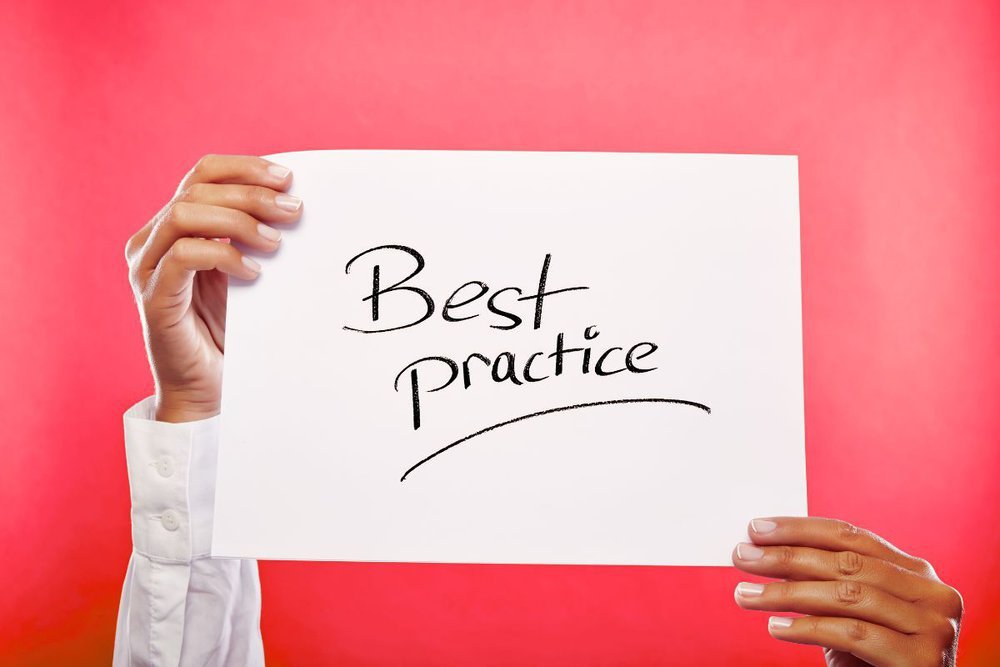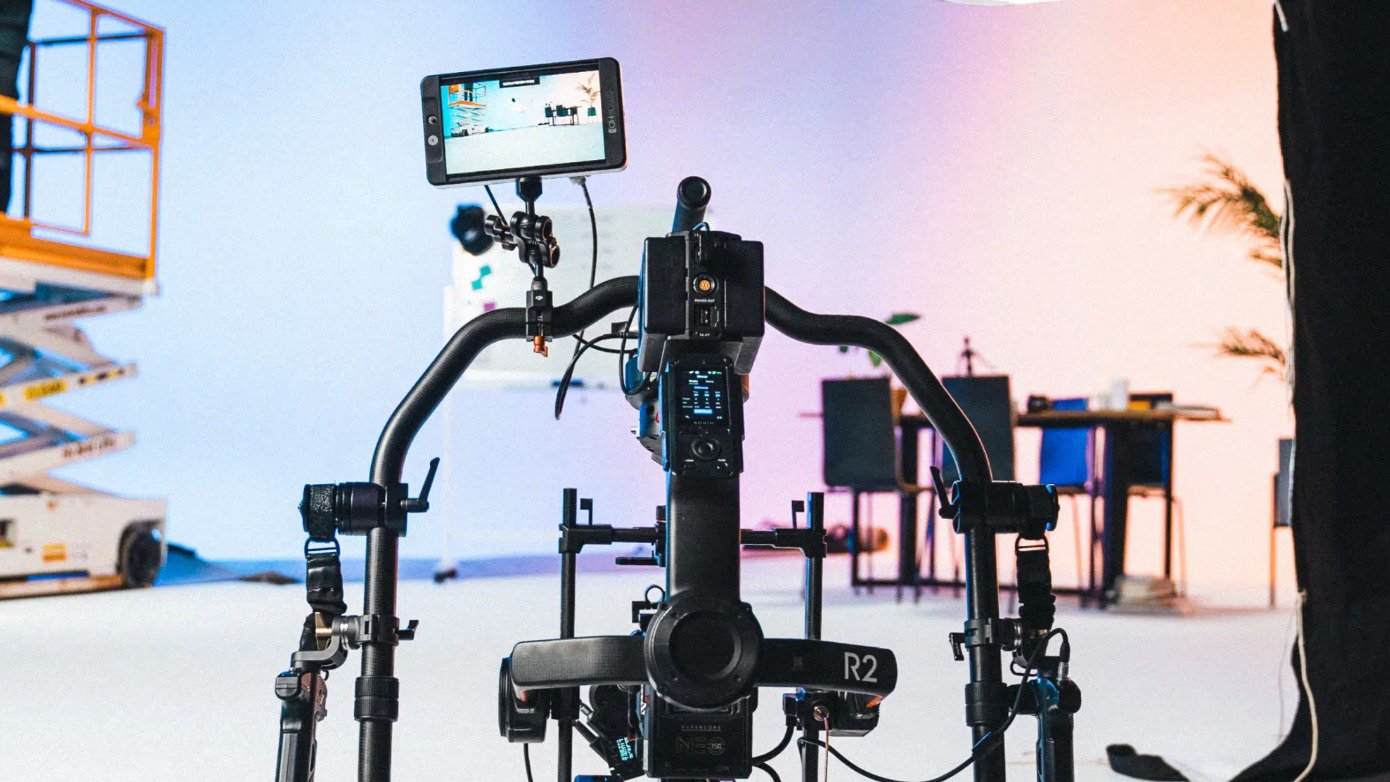Getting people to your site is only half the job. The real challenge is keeping their attention long enough to convert them.
That is where video landing pages make the difference. Instead of relying on text alone, a video landing page uses storytelling and visuals to capture attention, explain your offer in a clear way, and guide visitors toward action.
Here’s what the data shows: landing pages with video drive stronger conversion rates because most people would rather watch than read. Video simplifies complex ideas, highlights real customer experiences, and builds trust faster than copy can on its own.
In this guide, we will show you why video works so well on landing pages, share examples, and give you steps to create a page that helps convert more of your potential customers.
What are Video Landing Pages?
A video landing page is a focused web page built for one goal: getting visitors to take action, such as filling out a form, booking a demo, or making a purchase.
What sets it apart is the use of video content as the centerpiece. The video explains your product or service, sparks emotion, and makes the next step clear.
Your video can be the hero element above the fold or a supporting piece alongside text and testimonials. Both approaches work depending on your goal.
Landing pages with video consistently convert better than those with text alone. Video simplifies complex ideas, showcases your brand personality, and builds trust quickly with potential customers.
Why Use Video on Your Landing Page?

Visitors do not come to your site to sift through long blocks of text. They want clarity and they want it quickly. That is where a video landing page makes all the difference.
Video grabs attention fast, simplifies complex ideas, builds trust, and makes it easier for visitors to say yes. It shows your product in action, puts a human face on your brand, and creates a connection that text alone cannot.
The numbers prove it. According to Wyzowl’s 2025 State of Video Marketing Report, 91% of marketers say video has increased dwell time on their websites, and 88% say video helps drive sales. Statista projects that global video ad spending will surpass $120 billion in 2025, showing how much businesses are investing in video to stay competitive.
A video landing page gives you advantages that text-heavy pages cannot:
- Makes complex products or services easier to understand.
- Provides social proof with testimonial videos that feel authentic and relatable.
- Builds credibility by showing your team, culture, or process.
- Improves conversion rates by keeping visitors engaged instead of bouncing.
For businesses that want more leads and more sales, video is not a nice-to-have. It is a strategic tool.
For example, a healthcare SaaS company featured testimonial videos from patients and providers on its demo landing page. The authentic stories built trust and boosted demo requests by nearly 30%.
7 Steps to Creating High-Converting Video Landing Pages

High-converting video landing pages don’t happen by accident. It takes planning, the right video content, and a clear path for your visitors. Follow these steps to build a page that holds attention and delivers results.
1. Define Your Goal
Every high-converting landing page starts with a single, focused objective. Do you want to capture sign-ups, generate leads, or boost sales? Narrowing your focus matters. Studies show that single-goal landing pages can improve click-through rates by more than 200%.
Many B2B SaaS teams track median landing page conversion rates around 7–8%, with top performers reaching as high as 14%.
2. Choose the Right Type of Video
The type of video should match your goal and add value for the visitor. Here are a few strong options:
- Explainer video – Simplifies complex ideas and shows how your product solves a problem.
- Demo video – Walk through your product or service in action.
- Testimonial videos – Provide authentic social proof from satisfied customers.
- Promo or introductory video – Teases a special offer or event and drives excitement.
For example, Adobe often uses explainer videos on product launch landing pages to show creative tools in action. Visitors see the product in use right away, which speeds up adoption and sign-ups.
3. Select Your Platform
Many builders make it easy to create a video landing page template. Popular options include Unbounce, Instapage, and Webflow. Choose a platform that integrates seamlessly with your video hosting and gives you flexibility to optimize the design.
4. Decide on Placement
Where you place your video can have a big impact on performance:
- Hero video above the fold – Arouse attention right away and delivers your call to action quickly.
- Supporting video below the fold – Adds depth and explains details after your headline.
- Video background or pop-up – Creates atmosphere or highlights a feature.
5. Create a High-Quality Video
Low-quality video will not build trust. Keep your video short, engaging, and aligned with your single goal. Professional production ensures you do more than capture attention, you keep it.
A video landing page works best when the video is created with your audience in mind. Levitate Media produces videos that are built to engage and designed to convert.
6. Add a Strong Call to Action
Your CTA is closer. Make it bold, clear, and action-oriented. Phrases like “Start Free Trial,” “Book a Demo,” or “Get Started Today” show visitors exactly what happens next.
7. Embed and Optimize
Finally, embed your video using a reliable hosting platform such as Vimeo, YouTube, or Wistia. Pay attention to performance. The embedded video should not slow down your load speed, nothing hurts conversions faster than a sluggish page.
Essential Elements of an Effective Video Landing Page

Not every landing page with a video is built to convert. To create one that works, make sure these elements are in place:
Engaging Video Content
The video is the centerpiece of your page. Keep it short, polished, and directly tied to your offer. A strong explainer video or testimonial video can simplify your message, show the people behind your brand, and build trust quickly.
Clear and Compelling Headline
Your headline should get attention right away. It needs to clearly state the value visitors will get and why they should keep watching. Strong headlines paired with video often lead to higher conversion rates because they set the right expectations from the start.
Effective Call to Action (CTA)
Your CTA is where you close the deal. Place it where visitors cannot miss it and use direct, action-oriented language. Buttons that say “Book My Demo” or “Start Free Trial” make the next step obvious.
Mobile Responsiveness
Most website visitors are on mobile devices. If your video does not load quickly or display well on a phone, you will lose them. Use a clean design, test across devices, and make sure your embedded video adapts to every screen size.
Consistent Messaging
Your video and your page copy should work together, not compete. Mixed signals create confusion and lower trust. Keep your story clear, consistent, and aligned with your brand personality.
Best Practices for High-Converting Video Landing Pages

Even the best video landing pages need fine-tuning. Here are a few proven practices:
Choose Your Thumbnail Carefully
Think of your thumbnail as the play button before the play button. A clear, eye-catching image can dramatically increase clicks. Avoid random stills and design a thumbnail that makes people want to watch.
Keep Your Video Short
Aim for 60 to 90 seconds. That is long enough to explain the value but short enough to keep attention. One strong marketing video will always perform better than several scattered ones.
Don’t Let the Video Stand Alone
A landing page video works best when it is supported by headlines, copy, and visuals. Visitors should have context and understand the value of your offer, even if they do not press play.
Optimize for SEO
Search engines cannot “watch” your video. Use transcripts, closed captions, and metadata to improve rankings. Adding an explainer video transcript also makes your content more accessible to every visitor.
Test Everything
Experiment with video lengths, call to action placements, autoplay settings, and background color palettes. Small tweaks can be the difference between a bounce and a conversion.
A/B testing your video landing page examples can reveal insights you would never predict. What resonates with your audience may surprise you.
3 Mistakes to Avoid on Video Landing Pages

Even the best video cannot save a poorly built landing page. Here are some common issues to avoid:
1. Forcing Auto-Play Without Control
Auto play can draw attention, but if visitors cannot pause or mute the video, it feels intrusive. A better approach is to start the video muted with captions and give people the option to turn on sound. This way, you attracts attention without frustrating your audience.
2. Slow-Loading Videos
If your video takes too long to load, visitors will leave, especially on mobile. Data shows that if a page takes longer than three seconds to load, 53% of mobile users will leave. According to Google, a one second delay in mobile load time can reduce conversions by as much as 20%. Compress your video, use a reliable hosting platform, and always optimize page speed.
3. Cluttered Page Design
Too much content, heavy text, or distracting visuals around your video makes it harder for visitors to focus. A clean design works best. Keep the video front and center, highlight your call to action, and make it easy for visitors to follow the path you want them to take.
Conclusion
Many businesses struggle to get the conversion rates they want from their websites. A video landing page can change that.
Video makes your message clear, persuasive, and memorable. It gets notice, simplifies ideas, and builds trust faster than static pages. That is why the highest-performing landing pages today almost always include video.
The ROI speaks for itself. Research shows that 52% of B2B marketers say video delivers the highest ROI of any content type. With average landing pages converting at just 5 to 6 percent, video gives you a proven way to rise above the benchmark.
At Levitate, we have spent more than 16 years producing videos that deliver results without the burden of big agency overhead. From explainer videos to testimonial videos to polished product demos, our team knows how to create video content that converts.
FAQ Section
What is a video landing page?
A video landing page is a dedicated web page that uses video as the main element to engage visitors and drive conversions. Instead of relying on text, the video explains your offer, builds trust, and guides the next step. See how we create marketing videos designed to grab attention and convert.
Do video landing pages improve conversion rates?
Yes, research shows that landing page video can significantly increase conversions compared to text-only pages. HubSpot benchmarks put average conversion rates at 5–6%, but adding video can push results much higher. This is because video makes complex ideas simple and keeps visitors engaged longer.
What types of videos work best on landing pages?
Explainer videos, testimonial videos, and demo videos are the most effective formats for a video landing page. Explainers simplify complex products, while testimonials provide authentic social proof that builds credibility. Explore our explainer video services to see how businesses use video to improve conversions.
Should you autoplay videos on a landing page?
Autoplay can work if it’s done carefully. Best practice is to start the video muted with captions so visitors can choose to turn on sound, creating a better user experience. This approach helps capture attention without frustrating your audience.
Can B2B companies benefit from video landing pages?
Absolutely. Video landing pages are widely used in B2B to drive demos, educate buyers, and share client success stories. In fact, 52% of B2B marketers say video delivers the highest ROI of any content type. Learn more about our B2B video production services built for corporate teams.
Want to boost your conversion rates? Stop using the same old image-and-text landing page formula and try a video landing page instead! If you're ready to create the perfect video for your landing page, we'd love to help. Contact Levitate Media today to get started!









